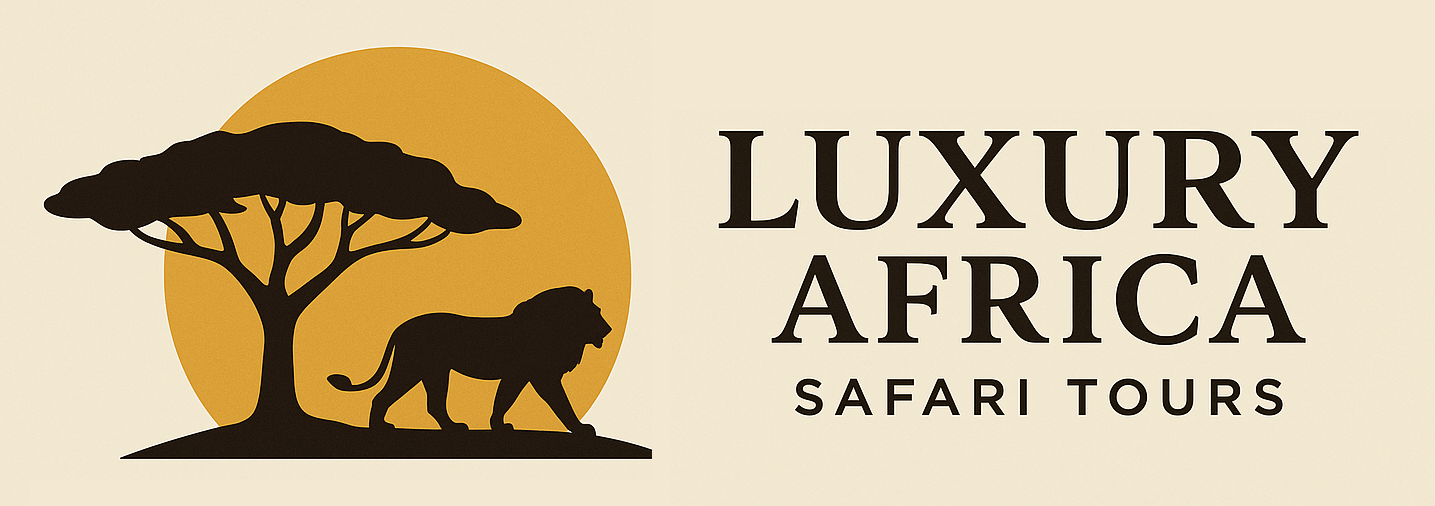Animal Migration in Africa
Animal Migration in Africa is one of the most extraordinary natural events on Earth, showcasing the seasonal movement of millions of animals across vast landscapes in search of food, water, and survival. The most famous is the Great Wildebeest Migration between Tanzania’s Serengeti and Kenya’s Masai Mara, involving over 1.5 million wildebeest, zebras, and gazelles, pursued by predators and challenged by dangerous river crossings.
Africa is a land where the raw rhythms of nature still echo across vast plains, ancient rivers, and endless skies. Among its most awe-inspiring spectacles is the phenomenon of animal migration — an ancient, unbroken movement of wildlife across borders and ecosystems, driven by the eternal need for food, water, and survival. To witness this event is to stand at the very heart of the wilderness, where life and death meet in a dance as old as the continent itself.
At Adventure in the Wild Safaris, we believe that watching the migration is more than a travel experience — it’s a memory in the making, a story you’ll tell for a lifetime.
The Great Wildebeest Migration: Nature’s Grandest Show
The most famous of all African migrations is the Great Wildebeest Migration, often dubbed the “greatest wildlife show on Earth.” Each year, over 1.5 million wildebeest, accompanied by hundreds of thousands of zebras and gazelles, embark on a treacherous, circular journey covering nearly 3,000 kilometers across Tanzania’s Serengeti and Kenya’s Masai Mara ecosystems.
The Route and Seasonal Movement
This isn’t a single event, but a constant cycle:
January – March (Southern Serengeti): Calving season. Vast herds gather on the nutrient-rich plains around Ndutu and the Ngorongoro Conservation Area. Over 500,000 calves are born within a few weeks — a bonanza for predators like lions, hyenas, and cheetahs.
April – May: As the rains taper off, the grass dries and the herds begin their march northwest. Long columns of wildebeest and zebra snake across the plains toward the Grumeti region.
June – July (Grumeti River & Western Corridor): The first major obstacle — the crocodile-infested Grumeti River — challenges the herds. The crossings are perilous, and the chaos is both tragic and mesmerizing.
August – October (Mara River & Masai Mara): The most iconic scenes of the migration unfold here. The herds must cross the Mara River, facing powerful currents and lurking predators. Survivors flood into the Masai Mara where green pastures await.
November – December: As the short rains begin, the herds slowly begin to return south, completing the cycle and beginning anew.
Predator and Prey: A Tense Ballet
The migration is more than just a mass movement — it’s a pulse of the ecosystem. Predators time their movements around the herds. Lions stalk the edges, crocodiles wait at the rivers, and vultures circle overhead. Each day is a test of survival, and every moment holds the raw truth of the wild.
Other Iconic Migrations in Africa
Though the Great Wildebeest Migration is the most renowned, Africa hosts several other spectacular migrations that are equally enthralling:
Zebra Migration – Botswana’s Makgadikgadi and Nxai Pan
From December to April, tens of thousands of zebras travel between the Okavango Delta and the salt pans of Makgadikgadi. This is Africa’s longest-known terrestrial migration — longer even than the Serengeti-Mara loop. The sight of these striped herds moving across stark, open landscapes is hauntingly beautiful.
Elephant Migrations – Northern Kenya & Botswana
Elephants, the gentle giants of Africa, undertake seasonal migrations in places like Samburu-Laikipia (Kenya) and the Chobe-Linyanti corridor (Botswana). These migrations are essential for maintaining biodiversity, as elephants disperse seeds and open up vegetation as they move.
Flamingo Migrations – Rift Valley Lakes
Millions of flamingos migrate between Lake Nakuru, Lake Bogoria, and Lake Natron, following algae blooms triggered by water chemistry changes. Their sudden arrival turns the shores pink, creating a surreal spectacle that draws bird lovers and photographers from around the world.
When and Where to Witness the Migration
Timing is everything when planning a migration safari. Each season offers a different perspective, and Adventure in the Wild Safaris crafts personalized itineraries that ensure you’re at the heart of the action.
For river crossings: Plan between July and September in the Masai Mara or Serengeti’s northern reaches.
For calving and predator action: Visit the Ndutu region from January to March.
For zebra migrations: Choose Botswana’s green season between December and April.
For bird migrations: The East African Rift Valley is ideal between October and March.
Our guides know how to read the land, the skies, and the rhythms of the herds, ensuring your experience is not just seen — but felt.
Why This Journey Matters
Animal migration in Africa is more than a wildlife phenomenon — it’s a symbol of endurance, of balance between life and death, and of the powerful connection between earth’s creatures and their environment. In a world where so much is fast and forgettable, this is something timeless, unforgettable, and deeply moving.
Traveling with Adventure in the Wild Safaris means honoring that connection. We don’t just take you to see animals — we help you understand their story, their struggle, and their beauty. We help you remember memories that stay long after the dust settles.
Plan Your Migration Safari with Adventure in the Wild Safaris
Whether you dream of watching the wildebeest thunder across the Mara River, seeing baby calves take their first steps in the Serengeti, or witnessing zebras cross the salt pans of Botswana — we’re here to bring that vision to life.
Let Africa move you. Let its rhythms guide your path. Let the migration become part of your memory.
Your journey begins here.




